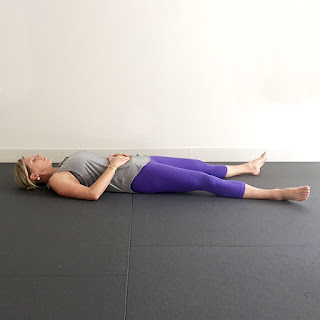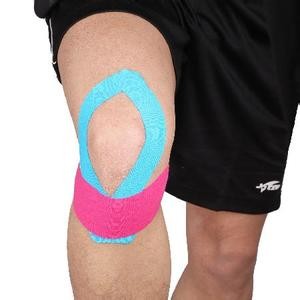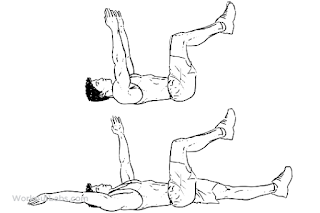
Extremity Adjusting Our goal at Hamm Chiropractic & Wellness is take make sure our patients are pain free and functioning at their highest level. For most of the people that walk through our doors that involves adjusting the spine to eliminate neck pain, back pain, headaches, and much more. But chiropractic can help with more than just spinal complaints. Dr Danny is skilled in chiropractic extremity adjusting. What does that mean? The extremities, or joints other than those in the spine, can become restricted and misaligned just like the spine can. Joints such as the jaw (TMJ), shoulder, elbow, wrist, hip, knees and ankles can all be painful or stiff/stuck due to being improperly aligned. Dr Danny is able to assess these extremities and determine if they need to be adjusted. If warranted those joints can be adjusted to restore normal mobility and eliminate pain. To compliment the extremity adjustment we offer other therapies such as soft tissue manipulation,


